

— Products —
 Consumer hotline +8618073152920
Consumer hotline +8618073152920 WhatsApp:+8615367865107
Address:Room 102, District D, Houhu Industrial Park, Yuelu District, Changsha City, Hunan Province, China
All products
snow sensor is a device that is used to detect the presence of snowfall or accumulation. It is typically placed outdoors and works by measuring either the snow depth or the weight of snow on its surface. Snow sensors are commonly used in various applications, such as weather monitoring, avalanche detection, and winter sports facilities management. These sensors provide valuable data for decision-making related to snow removal, road safety, and other snow-related activities.
Tel/WhatsApp:+8615367865107
Email:Arvin@niubol.com +Nearly 100 partner companies in more than 68 countries. We are committed to providing high-quality, practical products to meet your needs and help you solve problems. Our products comply with international standards and are certified with ISO, CE and RoHS.Product Details
snow sensor is a device used to measure the amount of snowfall at a specific location. It typically consists of a mechanism that captures and accumulates the falling snow, such as a collection container or a weighing mechanism. The sensor may also include mechanisms to prevent the effects of wind on the measurements. Some modern snowfall sensors use advanced technologies, such as acoustic or optical sensors, to detect and measure the accumulation of snow.
Snow sensor is an intelligent snow depth sensor that uses ultrasonic remote test technology to monitor the amount of snow to achieve automatic continuous monitoring of snow depth; it calculates the snow depth of the time difference between the time difference of 50kHz ultrasonic measurement from transmitting to the return signal.
Snow deep sensor is an intelligent and sensitive snow -reducing monitoring instrument and equipment that can accurately identify and interference. It can be widely used in measuring meteorology, airports, ports, laboratories, industries, agriculture and transportation.
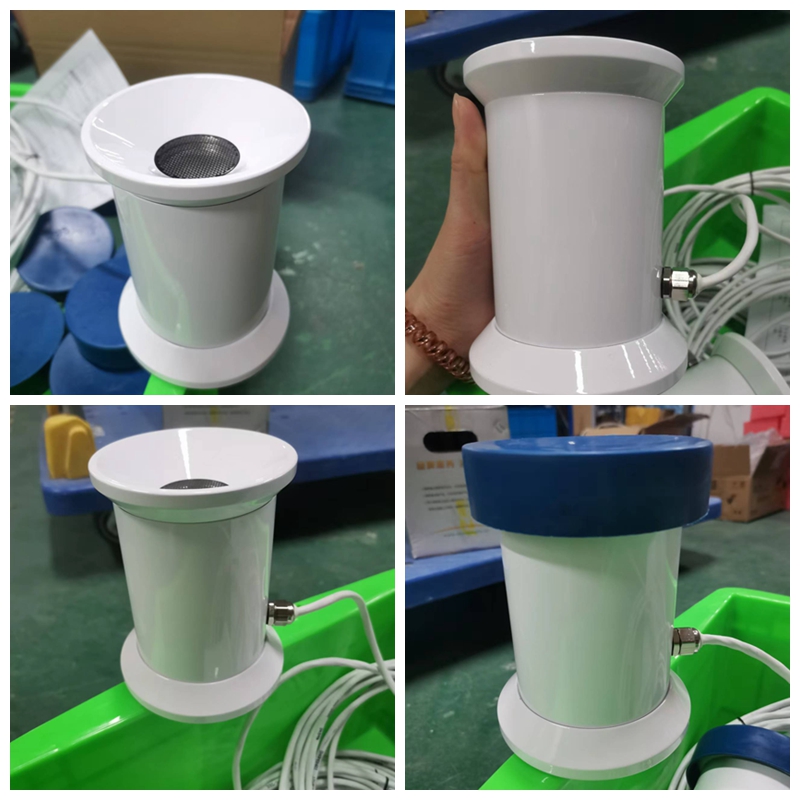
Snow sensor parameters
| Power | DC 12V / City electricity |
| Communication method | RS485 |
| Power consumption | Normal temperature :180mW; Low temperature (<5'C) turn on heating : 3W |
| Baud rate | 9600bps |
| Measuring range | 0-1000mm |
| Working environment | -40℃-50℃; ≤100%RH |
| Storage environment | -40℃-65℃; ≤100%RH |
| Measurement precision | ±0.1%FS |
| Length of cable | Standard 5 meters |
Snow sensors are commonly used in meteorology, climate research, and environmental monitoring to track snowfall patterns and provide valuable data for various applications, including weather forecasting, avalanche prediction, and water resource management.
Ultrasonic snow sensor is a kind of common snow monitoring equipment, its working principle is based on the propagation and reflection of ultrasonic wave. Specifically, the ultrasonic snow sensor sends out a beam of high-frequency sound waves that travel through the air to the ground and are then reflected back.
The sensor contains a receiver that receives the reflected sound waves and determines the propagation time of the sound waves by calculating the time difference. Because sound waves travel at different speeds between air and snow, sensors can calculate the depth of the snow layer based on the time difference. Therefore, ultrasonic snow sensors can provide accurate snow depth data.
The ultrasonic snow sensor can also calculate the amount of snow based on its density, which is related to the speed at which sound waves travel through it. Therefore, the sensor can provide both snow depth and snow amount data, which can be used to monitor snowfall, snow accumulation and snowmelt.
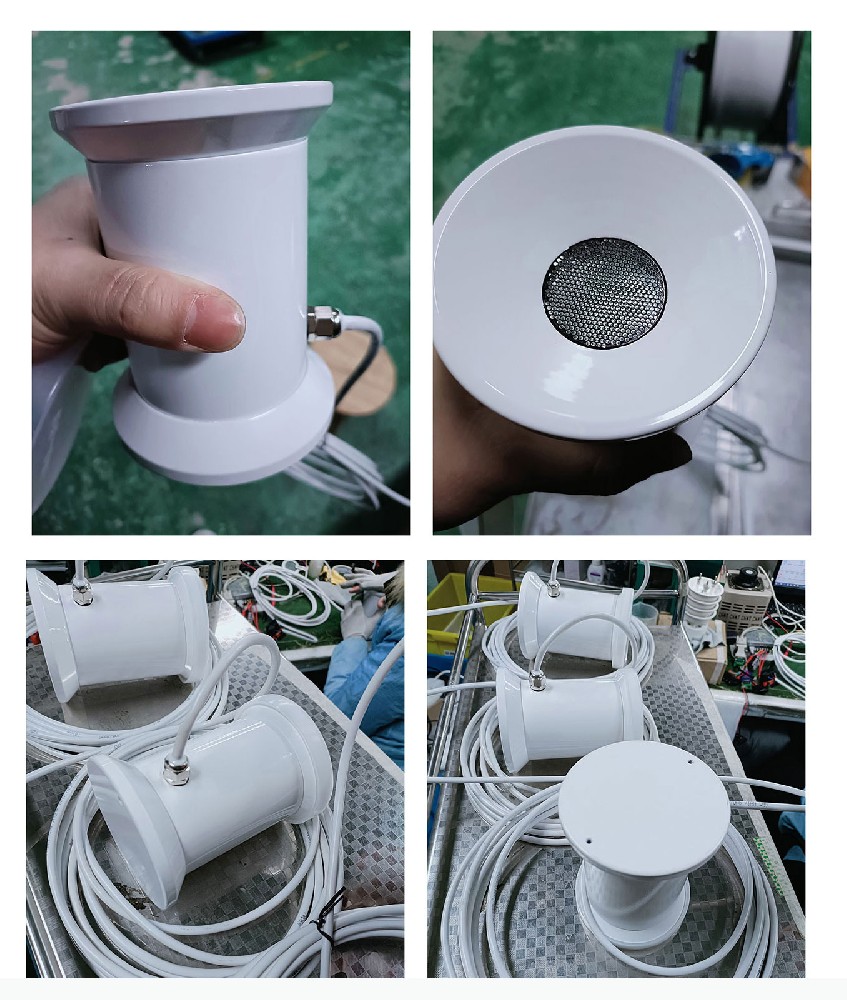
A snow sensor is a device that is used to detect the presence of snowfall or accumulation. It is typically placed outdoors and works by measuring either the snow depth or the weight of snow on its surface. Snow sensors are commonly used in various applications, such as weather monitoring, avalanche detection, and winter sports facilities management. These sensors provide valuable data for decision-making related to snow removal, road safety, and other snow-related activities. Snow sensors have a wide range of application scenarios and value in many areas. The following are a few of the major application scenarios:
1. Weather monitoring and meteorological forecasting: Snow sensors can provide data on the amount of snowfall, snow depth and precipitation patterns. These data are important for weather monitoring and meteorological forecasting and can help decision makers make appropriate decisions, such as road snow removal and traffic management.
2. Snow hazard monitoring and early warning: In mountainous and landslide-prone areas, snow sensors can be used to detect and monitor snow hazards such as avalanches, avalanche risk and landslides. They can provide real-time data to help with early warning and appropriate emergency measures to ensure the safety of people and property.
3. Winter sports facility management: For ski resorts and other winter sports facilities, snow sensors can provide accurate data on snow depth and quality. This data can be used to make decisions such as snow surface management, creating artificial snow, and determining whether to open or close specific areas to provide the best skiing and sports experience.
4. Building structural safety: In cold regions, the loading of snow on buildings can lead to structural damage or collapse. The snow sensor monitors the snow load on the roof and provides an early warning signal so that appropriate measures can be taken to reduce the load and ensure the structural safety of the building.
5. Road snow removal and traffic management: Snow sensors can provide data on the depth and condition of snow on roads. This data is important for road snow removal and traffic management, helping decision makers to determine which roads need snow removal first to ensure smooth traffic flow and road safety.
By using snow sensors, we can better understand and monitor snow conditions so that we can make more informed decisions and take appropriate measures to ensure the safety of people and property and improve quality of life and work efficiency.
Snow sensors can be part of larger systems that also include temperature and humidity sensors to provide a more comprehensive picture of the snowpack conditions. This data is crucial for accurate weather forecasting, effective winter road maintenance, and avalanche prevention and warning systems.
Sensors & Weather Stations Catalog
Agriculture Sensors and Weather Stations Catalog-NiuBoL.pdf
Weather Stations Catalog-NiuBoL.pdf
Related recommendations
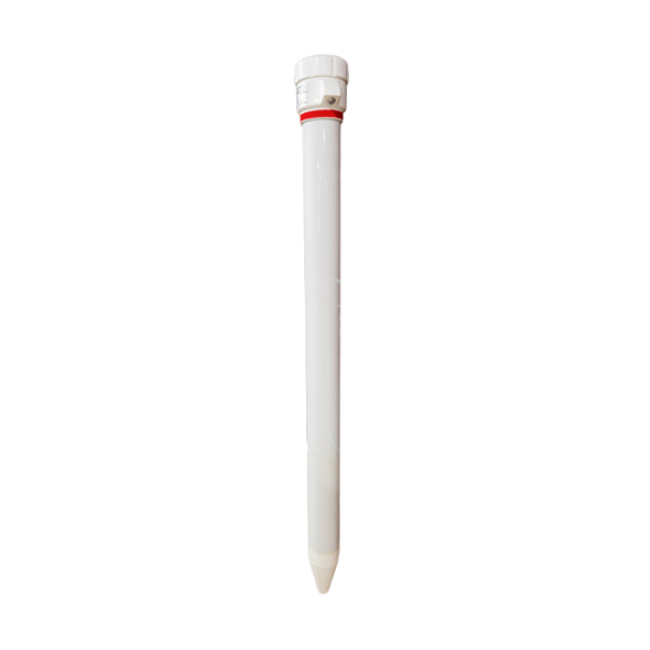 Multi-Depth Soil Sensor RS485
Multi-Depth Soil Sensor RS485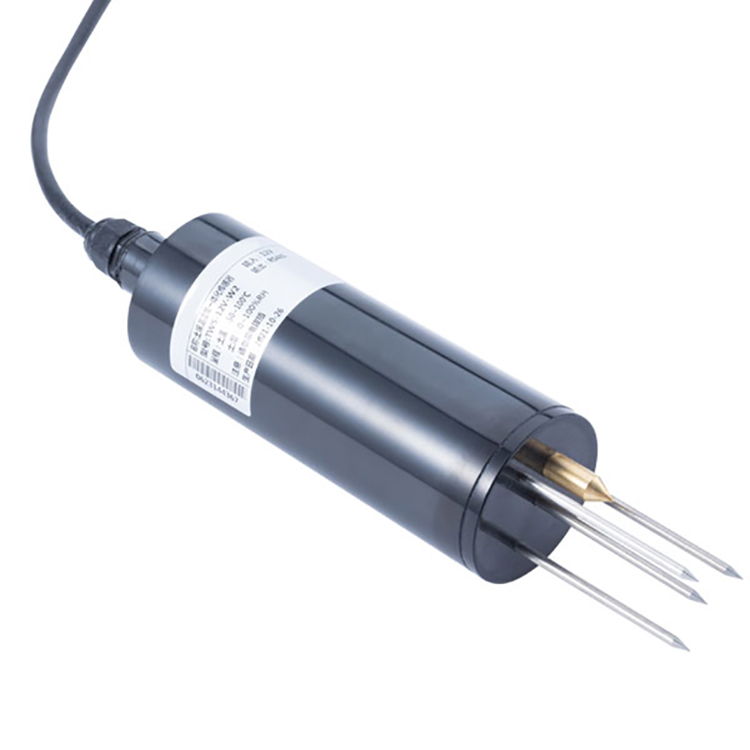 TDR Soil Moisture Sensor
TDR Soil Moisture Sensor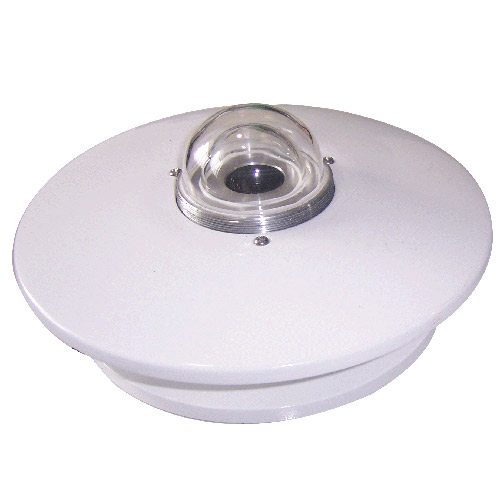 Pyranometer Solar Radiation Sensors
Pyranometer Solar Radiation Sensors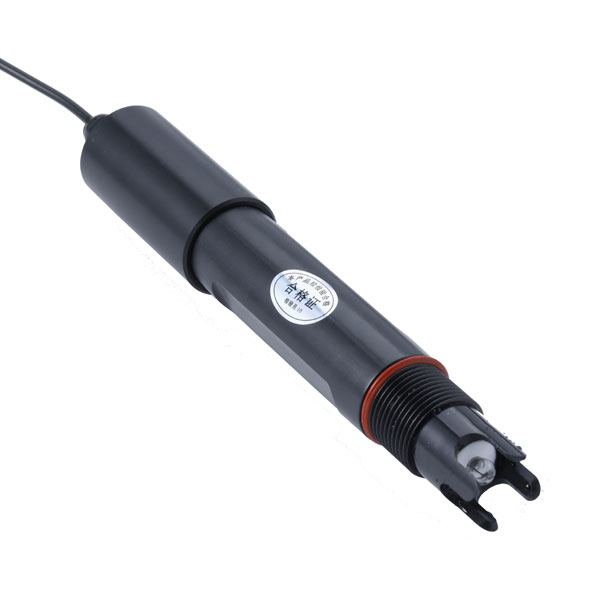 Soil ph sensor
Soil ph sensor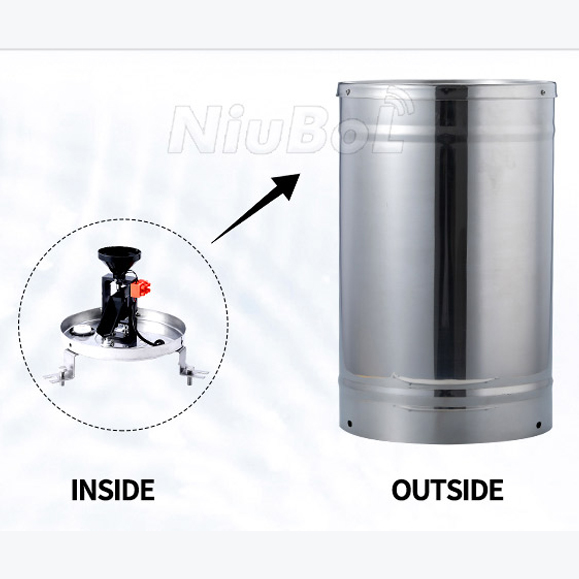 Tipping Bucket Rain Gauge
Tipping Bucket Rain Gauge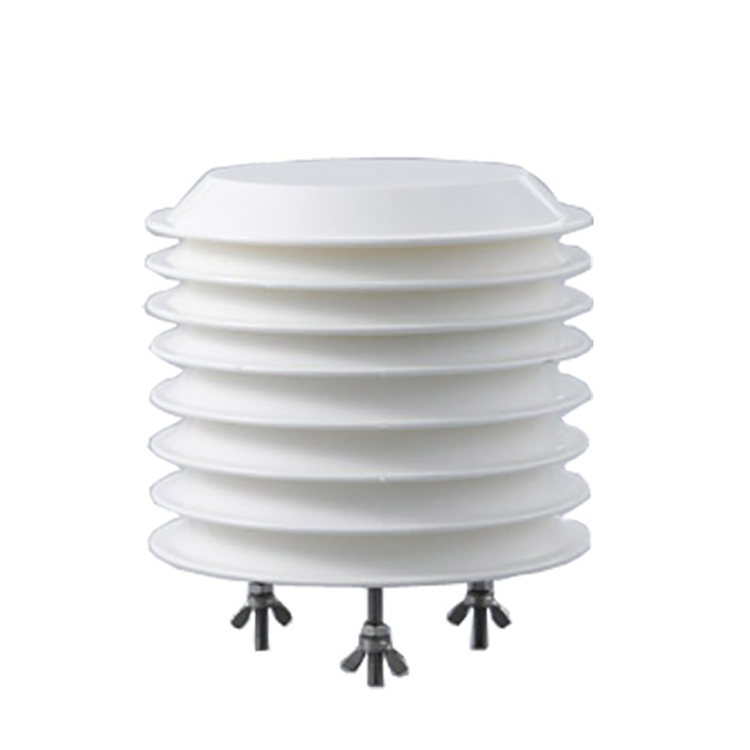 Air Temperature and Humidity Sensor
Air Temperature and Humidity Sensor
Screenshot, WhatsApp to identify the QR code
WhatsApp number:+8615367865107
(Click on WhatsApp to copy and add friends)
